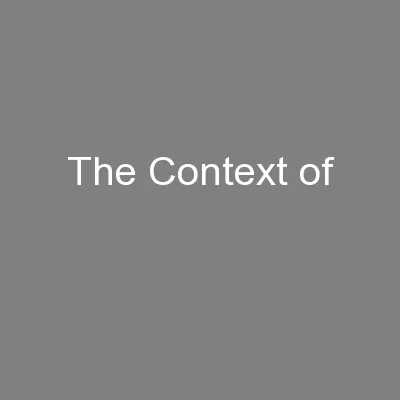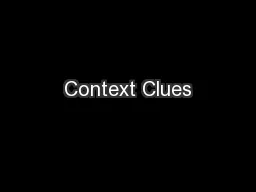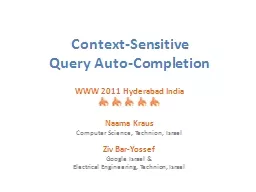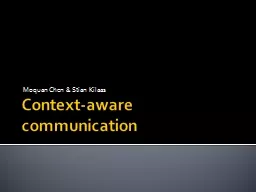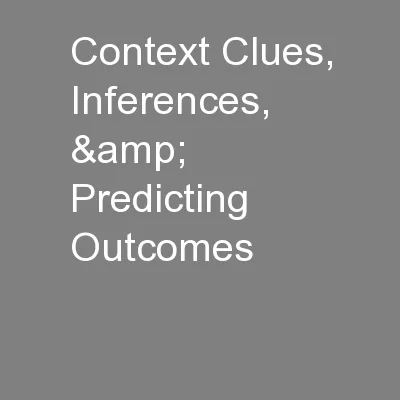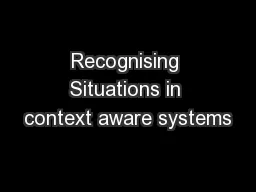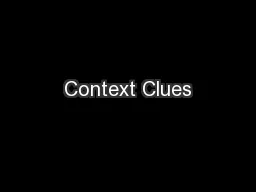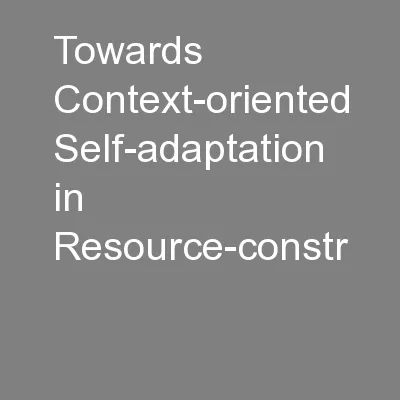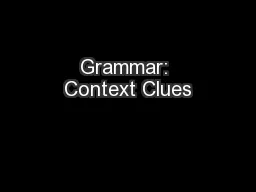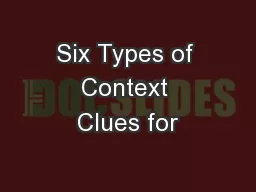PPT-The Context of
Author : lois-ondreau | Published Date : 2016-06-15
Frankenstein Alison Aitken 2012 Mary Shelley Born 1797 Died 1851 Wrote Frankenstein 1816 Published 1818 Image source httpalextrenowethcomwpcontentuploads201010maryshelley1jpg
Presentation Embed Code
Download Presentation
Download Presentation The PPT/PDF document "The Context of" is the property of its rightful owner. Permission is granted to download and print the materials on this website for personal, non-commercial use only, and to display it on your personal computer provided you do not modify the materials and that you retain all copyright notices contained in the materials. By downloading content from our website, you accept the terms of this agreement.
The Context of: Transcript
Download Rules Of Document
"The Context of"The content belongs to its owner. You may download and print it for personal use, without modification, and keep all copyright notices. By downloading, you agree to these terms.
Related Documents

